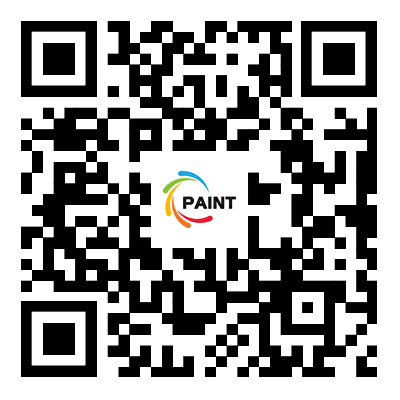Features of Aluminum Flight Cases
2024-06-21
Thermochromic pigments are fascinating materials that change color with temperature variations, offering a range of applications from novelty items to practical uses in various industries. Here’s an overview of thermochromic pigments, focusing on their properties, applications, and how they work:
Properties of Thermochromic Pigments:
1. Temperature Sensitivity:
- Thermochromic pigments change color in response to temperature changes.
- They typically have a specific activation temperature range where the color transition occurs.
2. Reversible and Irreversible Types:
- Reversible: Change color back and forth with temperature fluctuations.
- Irreversible: Change color permanently after reaching a certain temperature threshold.
3. Color Range:
- Available in various color options, including common colors like blue, red, green, yellow, and black.
- Specialized formulations can achieve color shifts such as transparent to opaque, or colorless to colored transitions.
4. Activation Temperature:
- Activation temperatures can range from below freezing (cold activated) to temperatures exceeding 70°C (heat activated).
- Specific formulations can be tailored for different activation temperature ranges depending on the application requirements.
How Thermochromic Pigments Work:
1. Microencapsulation:
- The pigment particles are typically microencapsulated, meaning they are enclosed in microscopic capsules.
- These capsules contain a substance that undergoes a reversible or irreversible change in opacity or color with temperature variations.
2. Phase Transition:
- The color change is triggered by a physical or chemical phase transition within the pigment or encapsulating medium.
- For example, some pigments contain liquid crystals that change orientation or opacity based on temperature changes.
3. Application of Heat or Cold:
- Applying heat or cold to the pigment causes the molecules or crystals to align or change structure, altering the pigment’s appearance.
Applications of Thermochromic Pigments:
1. Consumer Products:
- Toys and Novelties: Color-changing cups, clothing, nail polish, and children’s toys.
- Packaging: Indicating temperature-sensitive labels for food and beverage containers to show temperature changes.
2. Safety and Security:
- Temperature Indicators: Thermal labels for monitoring equipment, indicating overheating or cooling.
- Authentication: Thermochromic inks used in anti-counterfeiting measures for documents and products.
3. Industrial and Scientific Uses:
- Temperature Sensors: Embedded into materials for monitoring heat distribution and identifying hot spots in machinery.
- Research: Used in scientific experiments and studies that require precise temperature monitoring and visual cues.
4. Automotive Applications:
- Paints and Coatings: Thermochromic pigments applied to car paints for temperature-sensitive detailing and aesthetic effects.
- Indicators: Engine components and materials with embedded thermochromic indicators to detect overheating or optimize performance.
5. Decorative and Artistic:
- Art and Design: Used by artists and designers to create dynamic and interactive artworks that respond to temperature changes.
Considerations for Using Thermochromic Pigments:
1. Activation Temperature Range:
- Choose pigments with an activation temperature appropriate for the intended application environment and usage conditions.
2. Compatibility:
- Ensure compatibility with the base material or medium (e.g., ink, paint, plastic) to achieve desired color effects and durability.
3. Durability and Longevity:
- Evaluate the pigment’s stability and resistance to fading, UV exposure, moisture, and chemicals based on the application requirements.
4. Application Method:
- Follow specific guidelines for mixing, application, and curing processes provided by pigment manufacturers to achieve optimal results.
Thermochromic pigments offer a dynamic and visually engaging way to interact with temperature changes in various applications, blending functionality with creativity across industries from consumer goods to automotive and industrial sectors.



